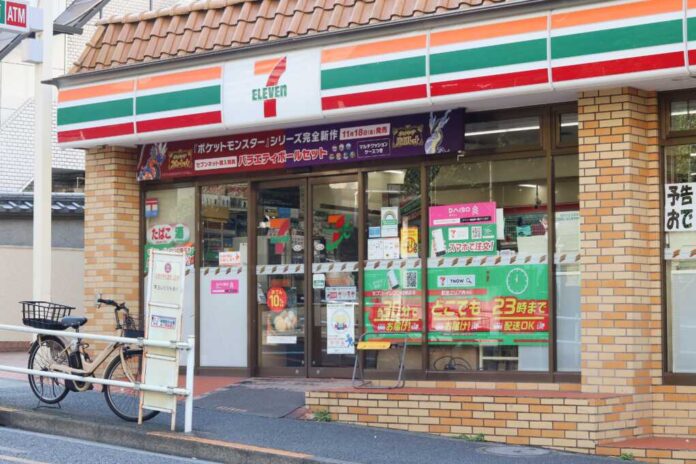
Japan’s 7-Eleven is deploying autonomous delivery robots in Tokyo’s suburbs, tackling the country’s deepening labor crisis as an aging population strains the economy.
At a Glance
- 7-Eleven launched a pilot program for autonomous delivery robots in suburban Tokyo.
- The initiative addresses Japan’s labor shortage driven by a rapidly aging population.
- Robots developed by Suzuki and Lomby operate legally under 2023 traffic reforms.
- Up to 10,000 homes may benefit from robot-based delivery through a smartphone app.
- Japan’s service robot market is projected to triple by 2030 amid rising demand.
Demographics and Delivery
With Japan facing a demographic cliff—projected to have 40% of its population over 65 by 2060—7-Eleven is testing a novel solution: autonomous delivery robots on public streets. Developed by Suzuki and Lomby, these slow-moving (6 km/h) machines began trials in Minami-Osawa, a suburb known for challenging terrain like stairs and steep slopes.
The robots, enabled by 2023 traffic law reforms, are designed to serve up to 10,000 homes via smartphone orders, focusing on last-mile logistics for groceries and daily essentials. While their rollout is modest, the implications are enormous—these machines are not merely logistical tools but lifelines for aging citizens increasingly isolated from mobility or transport options.
Watch a report: Japan’s robot workforce expands to ease labor strain.
Technology Meets Social Strain
The backdrop to this rollout is a nation in flux. Japan’s labor pool is shrinking, and service-sector firms are urgently seeking alternatives. The government and corporations alike are pushing forward a future where robots do more than augment labor—they actively compensate for its absence.
7-Eleven’s robots, for example, are just one front in a broader national experiment. Service robots now work in restaurants like Skylark, care facilities, and public expos. ScienceDirect research has criticized the top-down design of many care technologies, noting the lack of elderly voices in their creation. But participatory efforts are gaining ground, and new prototypes aim to include real user feedback from seniors themselves.
A spokesperson for Seven & i Holdings acknowledged the urgency: “In five years’ time when the labor shortage can further deepen, there is no guarantee that human deliveries will remain viable till then.” This perspective drives home the idea that robots are no longer an innovation—they’re an imperative.
A Broader Technological Shift
Japan’s robotic future is expanding beyond logistics. From avatar robots at checkout counters to “newme” humanoids at events like the upcoming 2025 Osaka Expo, the nation is laying the groundwork for a systemic pivot to automation across industries. With its service robot market expected to triple by 2030, Japan’s commitment is as economic as it is existential.
The Minami-Osawa pilot may appear modest, but it speaks to a grander ambition: reimagining society in the face of inevitable demographic change. Whether these machines will succeed in replacing or merely supporting human workers remains to be seen—but their presence marks the beginning of a new era for how nations adapt to aging, labor scarcity, and the urgent call for innovation.





























